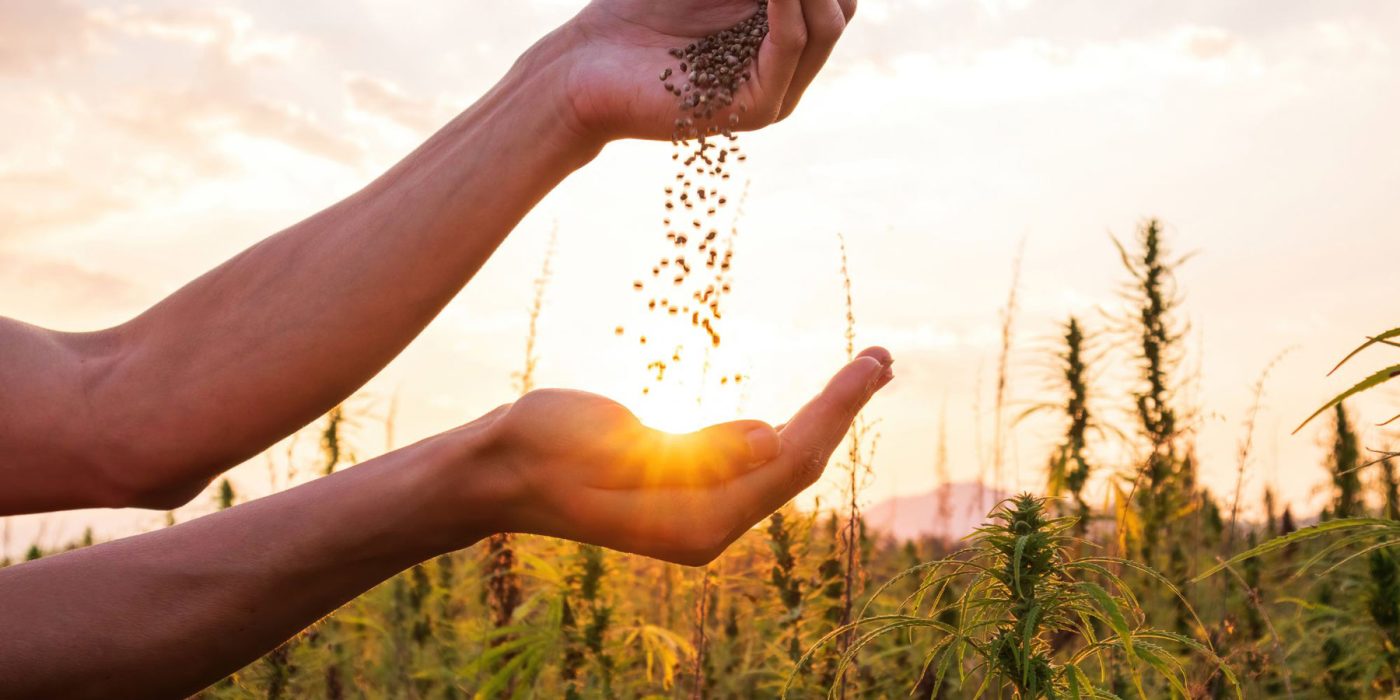Since the early 1900s, the authorities started prosecuting cannabis consumption and, as we reported in our previous article on the history of its prohibition, the reasons were related to economic and political interests rather than its arguable dangerousness for human use.
Fortunately, today we can say that we are living in a period of cannabis renaissance, but how did we get here? We provide the explanation in the article below.
First steps towards legalisation
In 1961, the United Nations signed the “Single Convention on Narcotic Drugs” and cannabis was abolished almost worldwide. Nobody could have imagined that just at this historic moment, barely 2 years after signing the treaty, a team of scientists led by Professor Raphael Mechoulam would discover the chemical structure of cannabidiol (CBD) and went on to isolate tetrahydrocannabinol (THC) a year later.
With the arrival of the 1970s, we entered a period of strong contradictions and yearning for freedom. Despite the restrictions and political efforts, cannabis consumption was very normalised among young people. The hippie movement started to grow and the first crops and businesses dedicated to the sale of paraphernalia for cannabis smokers started sprouting both in the USA and, in Europe.
Legal frameworks in various countries around the world started to adapt to this new environment and, on many occasions, a policy of tolerance towards the personal use and possession of cannabis was implemented, quite probably with the intention of focusing efforts and resources to fight against other drugs such as heroin, which at the time was spreading virally, causing deaths and social problems.
A good example of flexibility and tolerance were the coffee shops that started to proliferate during the 1970s in the Netherlands, where drugs considered ‘soft’ became ‘tolerated’, i.e., the government would allow their use unless in cases of serious offences. Coffee shops are bars where members can buy and consume cannabis under certain rules, for example, they premises are not accessible to minors and alcohol consumption is prohibited.
In Spain, in 1974 the Supreme Court ruled that drug use and possession do not constitute criminal offences and consequently several legal reforms provided cannabis cultivation (for personal use) with the same flexibility as for its use.
This flexibility has favoured the development of “Cannabis Social Clubs”, where cannabis is grown collectively for personal use. This cooperative model officially started in Barcelona in 1993 with “Asociación Ramón Santos de Estudio Sobre el Cannabis” (ARSEC).
The Spanish model has been an inspiration for other countries such as Uruguay, where, thanks to a law passed in 2013, clubs with up to 45 members are allowed to operate. This same law made Uruguay the first country in the world to legalise marijuana for recreational and medicinal purposes.
Since then, several countries and states such as Colorado, Argentina, Chile and California have joined the legalisation of cannabis (in some cases only for medicinal purposes). It is worth noting that today there are few U.S. states that have not yet taken the step towards legalisation: only in Idaho and Nebraska is it still illegal.
Cannabis legalisation in Europe
A very important development that has served as a springboard for Europe to start legalising and creating new markets has undoubtedly been the reclassification of cannabis by the “European Commission on Narcotic Drugs”.
On 3 December 2020, cannabis was declassified as Schedule IV of the 1961 Convention (the list containing the most dangerous drugs, such as opiates) to be classified as a Schedule I. At last, its therapeutic properties have been recognised and its use for medicinal purposes is approved, although it is still considered a drug.
Today we are witnessing a great change in Europe as many countries are implementing reforms to integrate it into the public health system and some have already taken the step to legalise recreational use, such as Malta, which legalised it in 2021, Switzerland, which has created a pilot project for the sale of cannabis for adult use and Germany, which has everything ready for 2024.
Legalisation finally recognises its importance and will allow more scientific research to be carried out so that we can enjoy its benefits. Moreover, the creation of new markets will generate numerous jobs in an industry with a decidedly green future.
 USA
USA